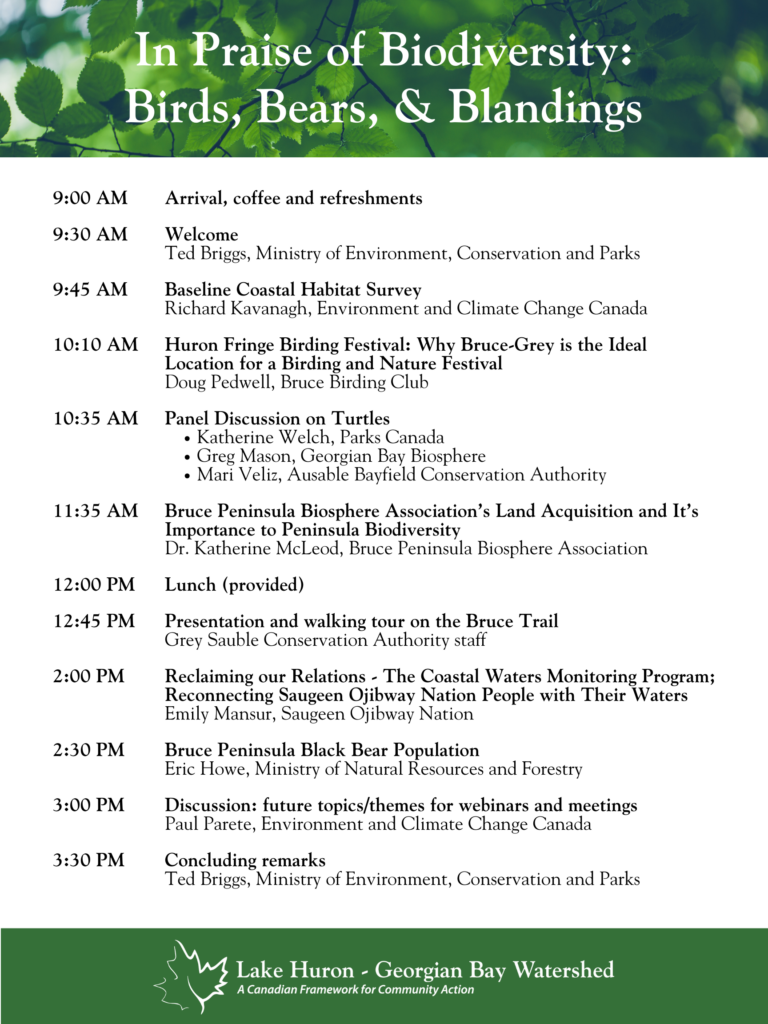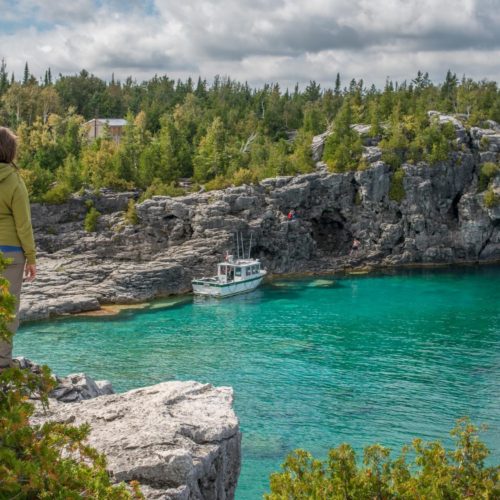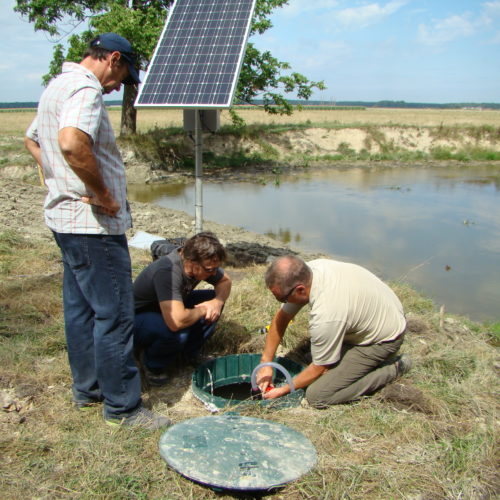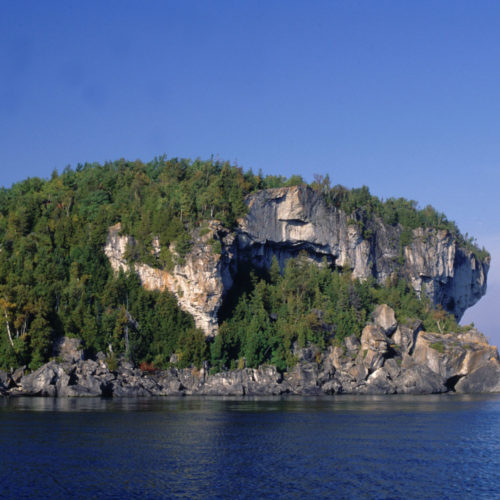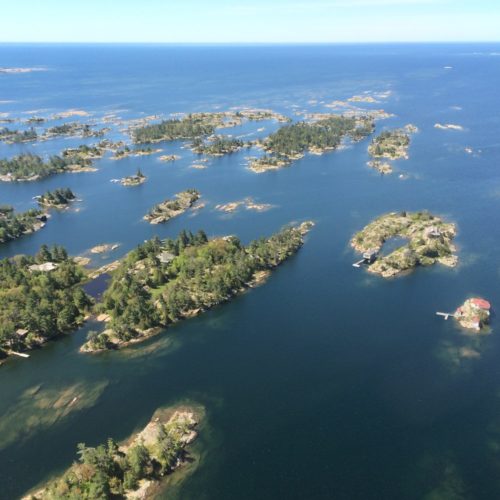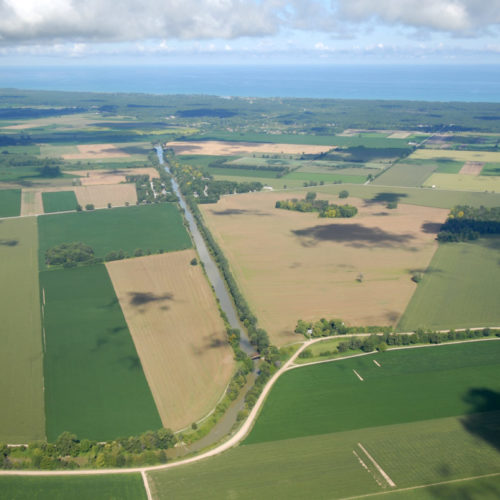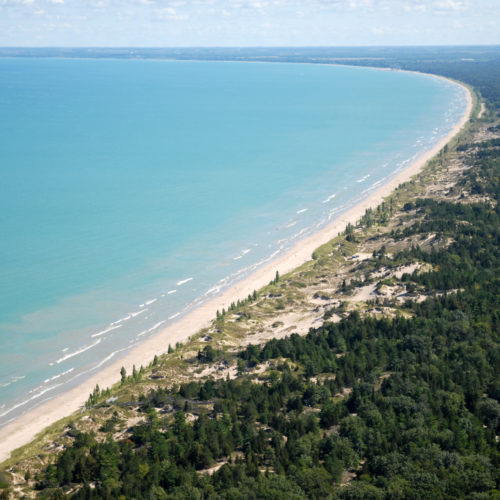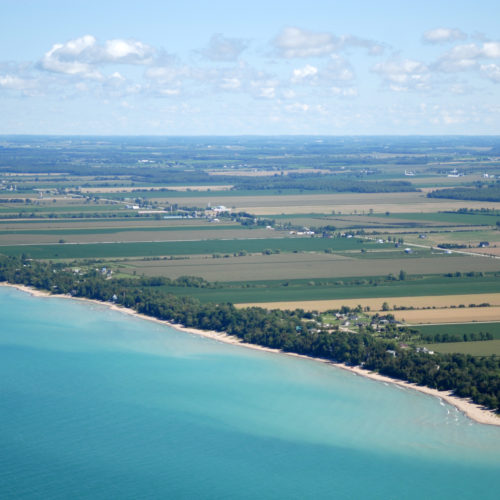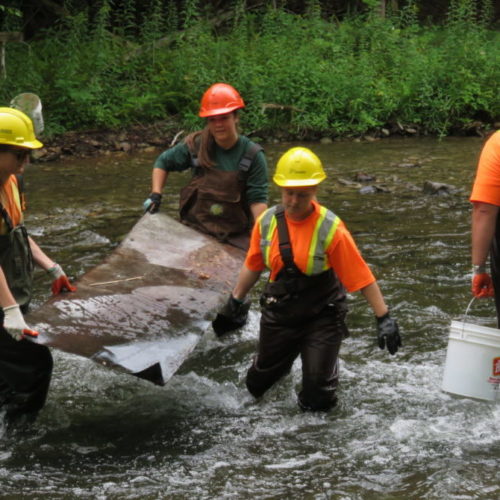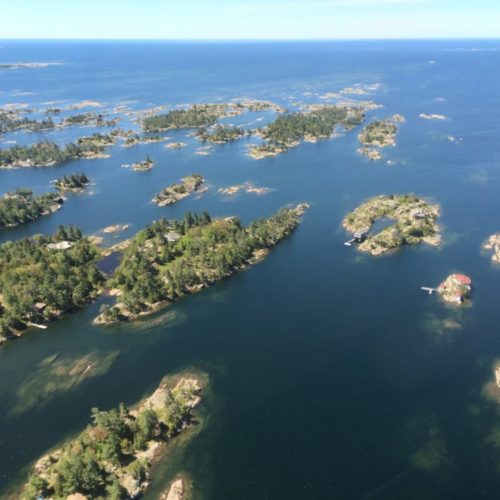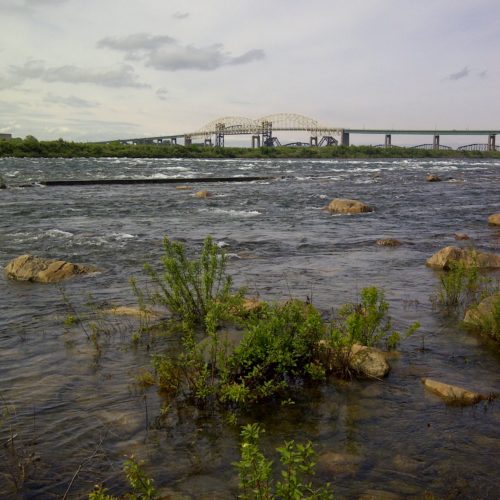We are continuing to come together to see how communities around Lake Huron and Georgian Bay are working to help monitor and protect their local ecosystem with the next topic being ‘In Praise of Biodiversity: Birds, Bears, and Blandings”.
We are planning an in-person meeting in Owen Sound at the Grey-Sauble Conservation Authority office on May 16, from 9:00 to 3:30pm. At this meeting we will be hearing from community groups and agencies about turtles, birds, and mammals as well as ongoing efforts on the enhancement of coastal habitat. We also look forward to hearing from you!
Space for this meeting is limited to 50 participants so if you are interested in attending the meeting, please register at the link below.
Register HERE
